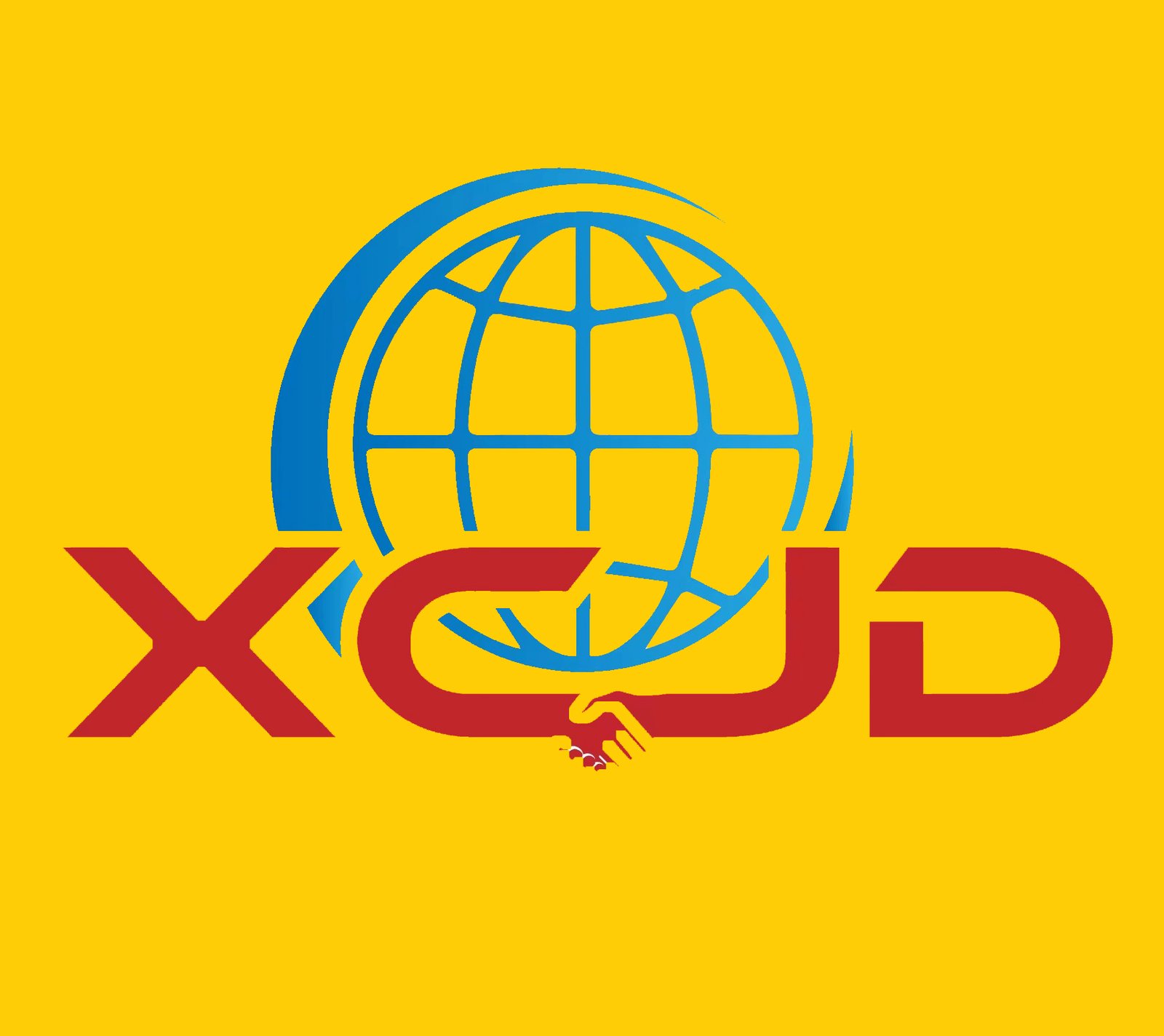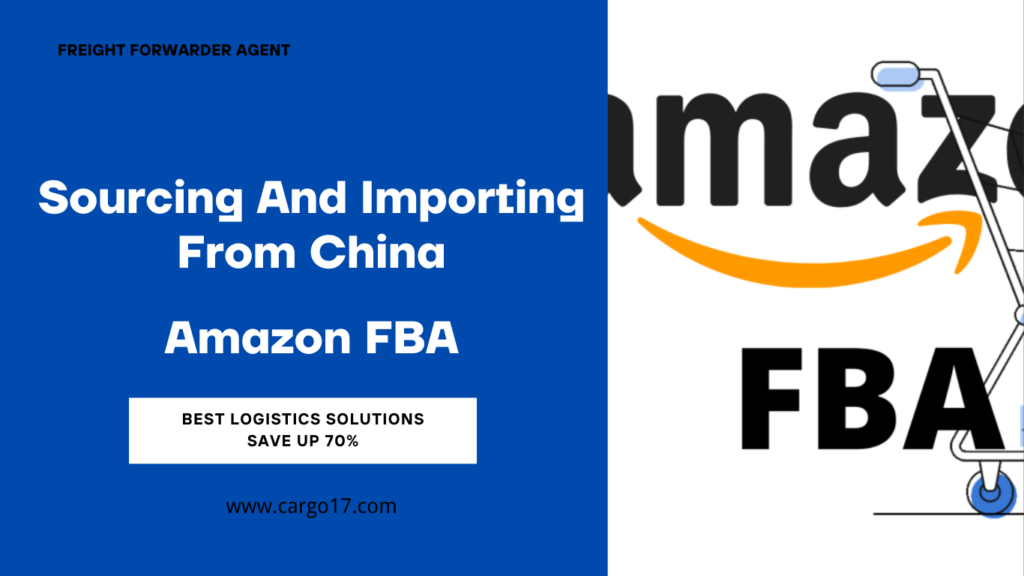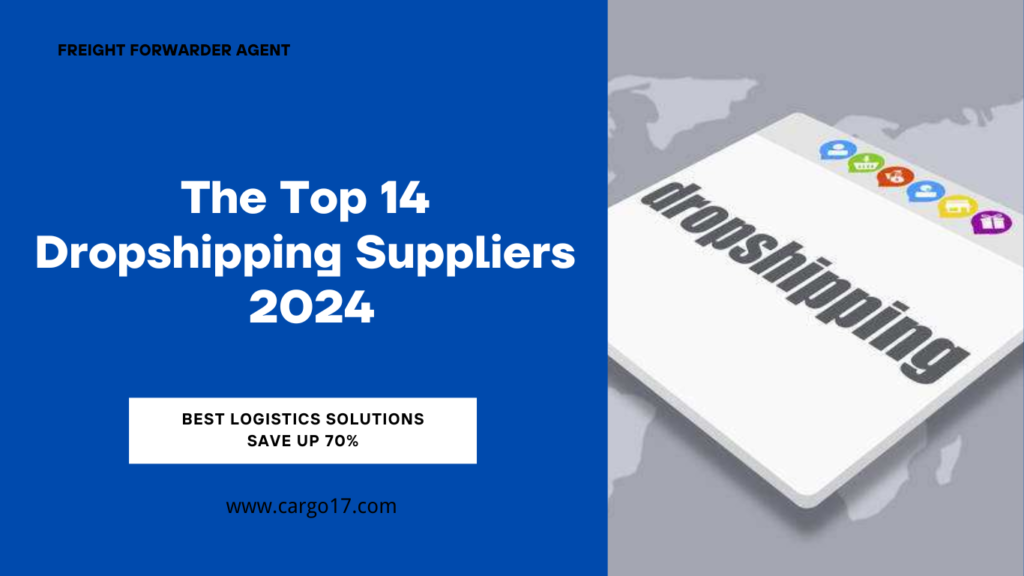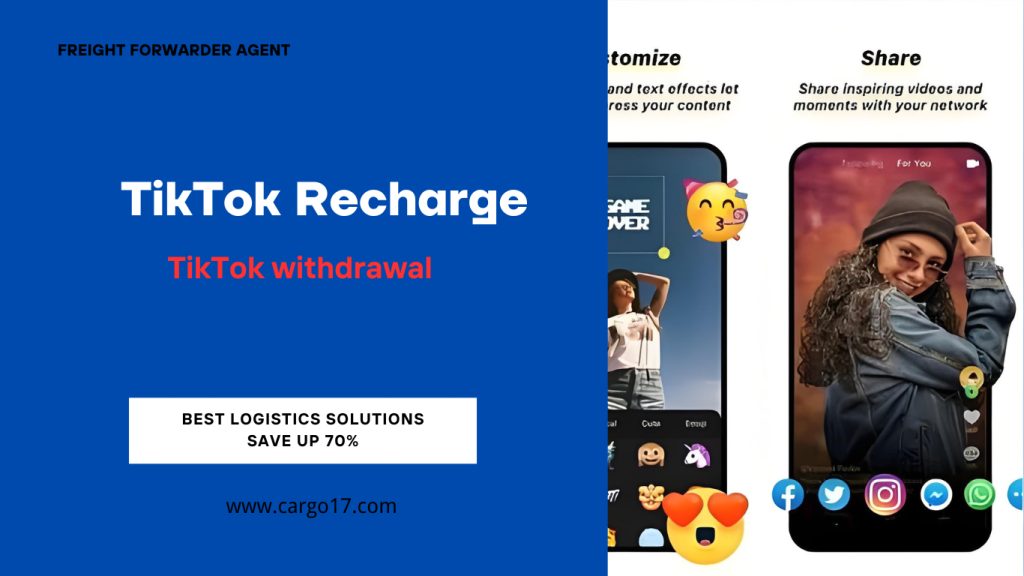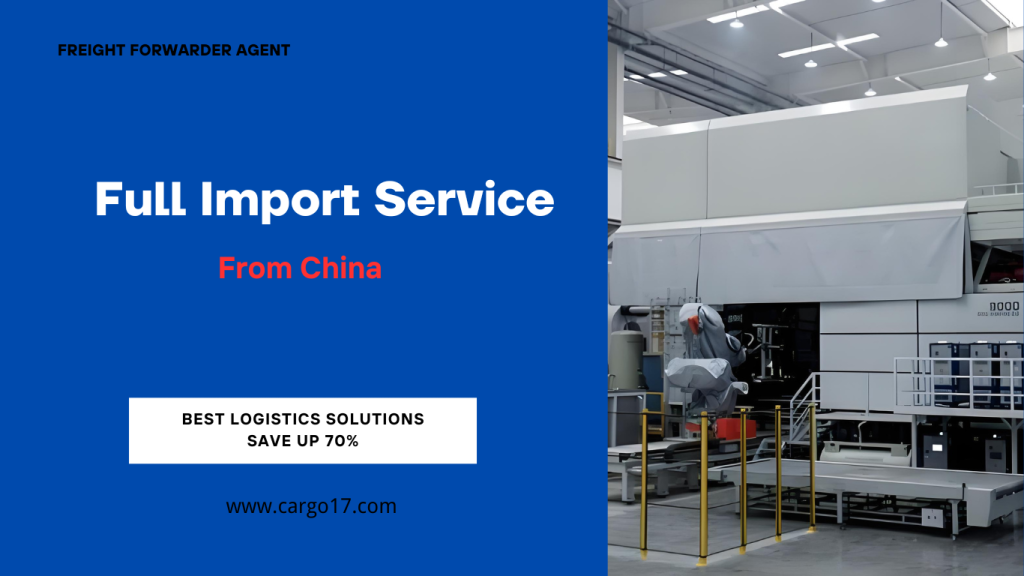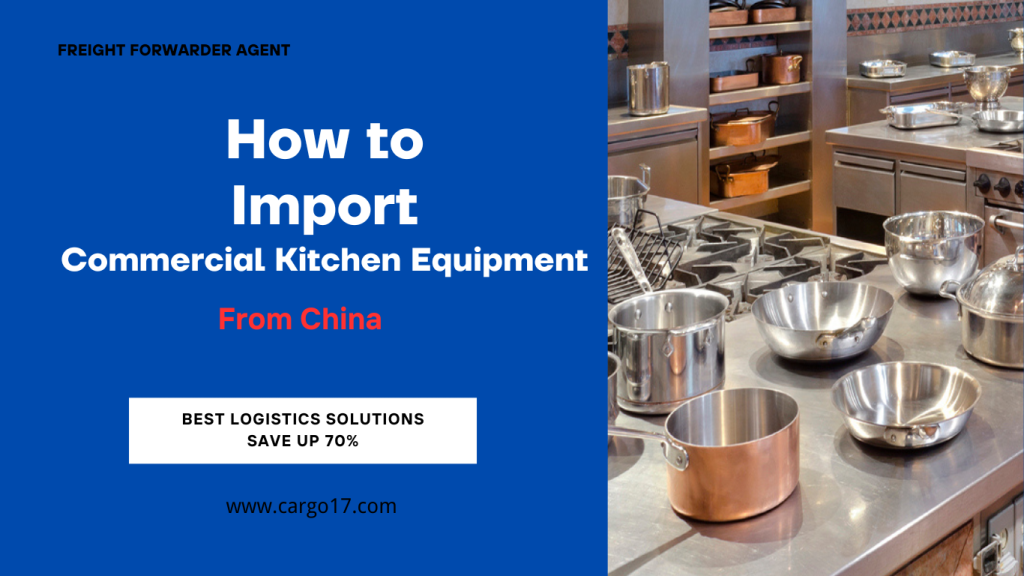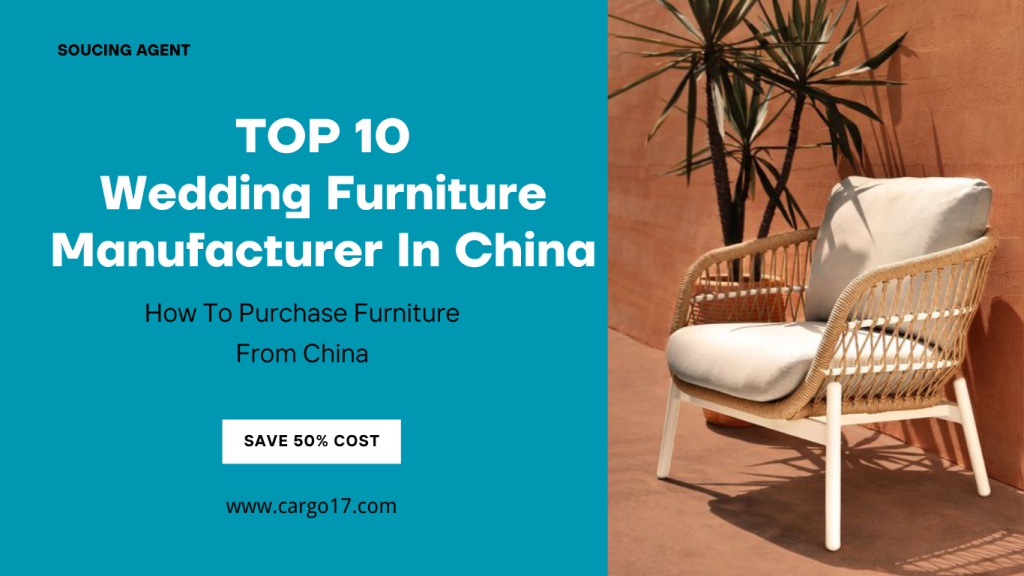Maximize your profits with amazon fba wholesale and take your business to the next level. amazon fba wholesale, 3 steps to teach you how to find products that sell well.
There are two different ways to sell wholesale products on Amazon: the reseller model and the private label model.
Reseller model
Buy name-brand products at wholesale prices and resell them on Amazon. Brick-and-mortar stores like Rack Room Shoes follow the same model, but have to deal with the challenge of building brand equity while selling other brands.
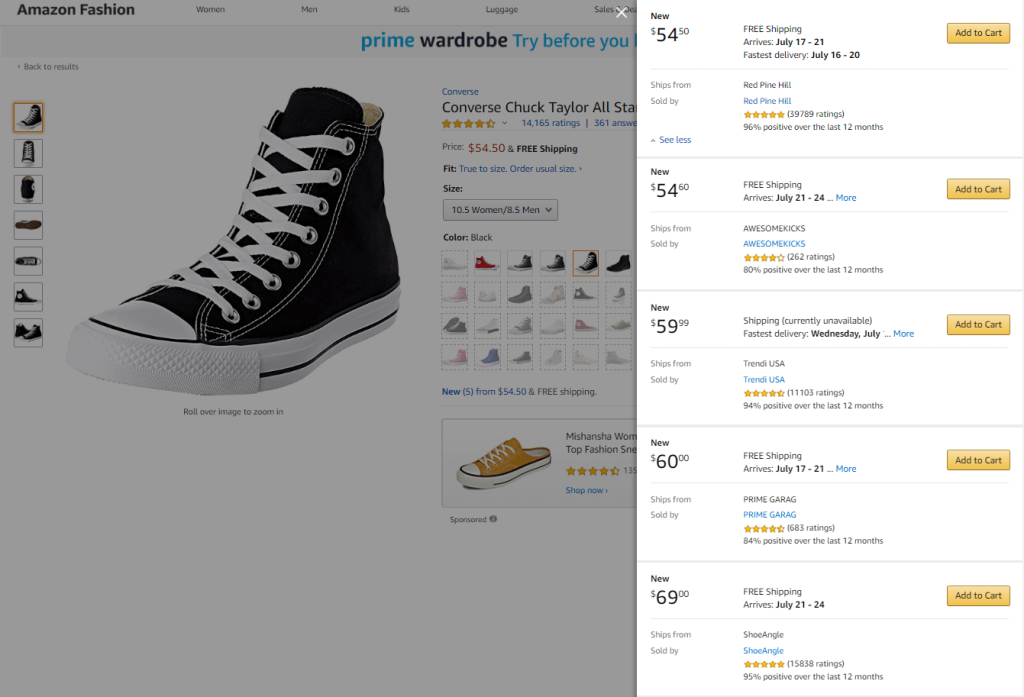
In the picture example above, Converse is the manufacturing brand, but you can see in the purchase options that Converse does not directly sell their products. Instead, these products are sold through resellers like ShoeAngle or AWESOMEKICKS.
It should be noted that resale is different from dropshipping in that sellers do not have inventory on hand and rely on suppliers to deliver goods to customers. But the reseller model does offer a lot of flexibility. Because dealers don’t have to worry about brand equity or overhead, they are able to capitalize on product trends more quickly.
This model works well for small businesses or individuals as they focus more on short-term profits rather than long-term business growth. In this model, competitive pricing is the key to success, and dealers should choose their suppliers and product categories carefully to remain profitable.
Private brand model
Private label sellers sit between product owners (like Converse) and resellers (like AWESOMEKICKS in the picture above). They wholesale generic products and then repackage them under their own brand names. Walmart is a great example, you can buy a pair of black high tops, but the product you’re buying has Walmart’s branding tag on it.
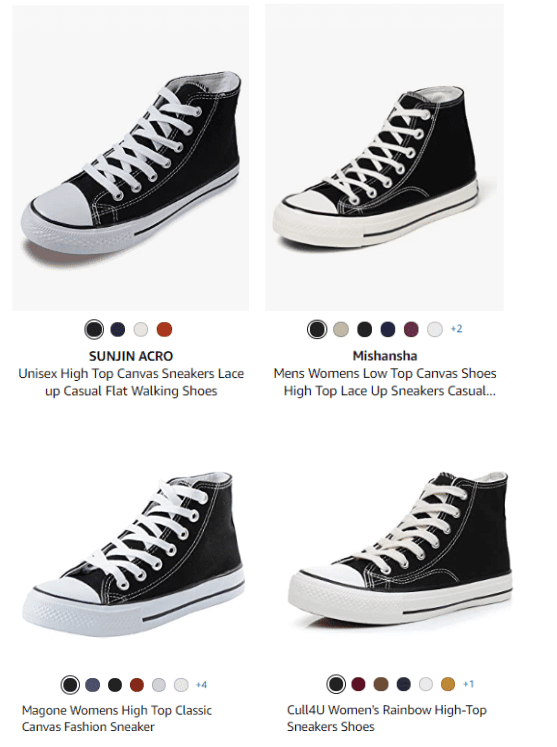
Private labels are not knock-offs, they simply source products from manufacturers or wholesalers and sell them as their own brands. Therefore, it is important to identify a profitable niche product as brand consistency is crucial for sellers.
This model is not as flexible as reselling, but it does provide a lower barrier to entry for sellers who want to establish their business and brand identity. The challenge is to identify niche products and not pit your private label against established brands (like Converse, in our case) or a bunch of other private brands.
Amazon fba wholesale, how to choose products
1. Choose products that are in high demand
The best wholesale products are those that sell. You might find a supplier with a deep discount, but if there’s no market demand for the product, you’ll lose money. Your first step should be to measure the demand for your product.
Consider Amazon’s best-selling product categories. Electronics, apparel, footwear and jewelry, toys and games, and books are typically the top-selling categories.
Research Amazon’s current best-selling products. Amazon will keep updating the best sellers rankings every hour.
Research products that are similar to what is being sold. Browse similar Amazon products and pay attention to demand indicators. BSR (Best Seller Ranking) and customer ratings are both good indicators of demand.

2. Choose less competitive products
The key is to find a product that people want in a market that is not yet saturated.
How many sellers are advertising? A good Amazon advertising strategy will differentiate you from competitors who are not leveraging sponsored products. Run a variety of keyword searches around your product idea to see who is advertising it. There are tools you can use to view your competitors’ keywords and their cost per click.
Resellers: Your listing will face fierce competition because you may compete with a large number of sellers for the Buy Box.
Private label sellers conduct a qualitative analysis of your competitors. What does their product listing look like? Do they have good pictures, videos, or lots of reviews? What is their seller ranking? These factors indicate how difficult (or easy) it is to make your brand stand out.
When it comes to tools that can help you analyze your competition, there are many paid options that can show you varying levels of detail about your product and category competition.
3. Choose products with profit potential
Cost estimating and profitability analysis are key parts of deciding what wholesale products to sell on Amazon.
Don’t get caught up in the race for sales and profits. Price competition on Amazon is fierce, so don’t choose a product that makes you choose between sales and profitability. Choose a pricing strategy that both fits your product category and ensures profitability.
Understand all costs involved. Do a detailed profit analysis, including Amazon fees, fulfillment and shipping costs, inventory management and related taxes.
Look for products that are small and lightweight. Even if you don’t choose to use FBA, smaller and lighter products are cheaper to ship. This will save you a lot of money and thus increase your profits. By looking at FBA’s fee schedule, you can get a good idea of the costs associated with each dimension.
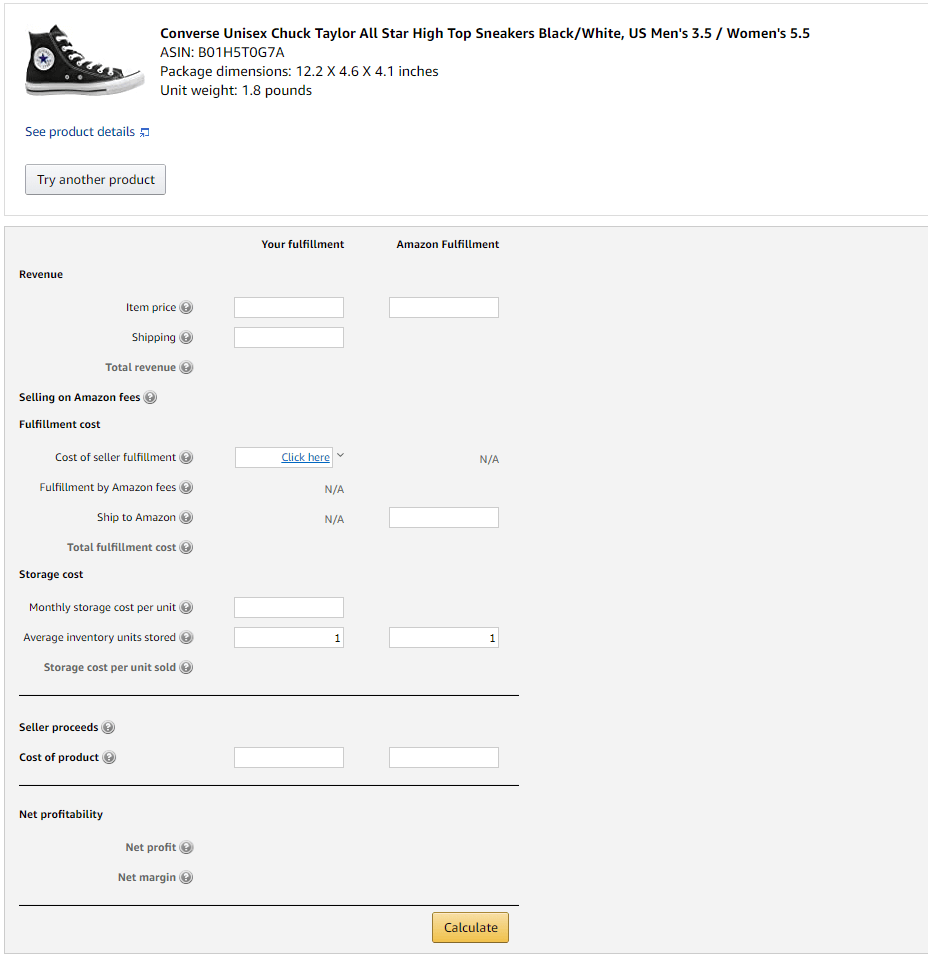
Three things to know before you start looking for wholesalers
- Determine what kind of supplier you need. If you are a distributor, you need to find a brand manufacturer; if you are a private label seller, you need to find a supplier of generic wholesale products that you can use to build your own brand.
- Learn to recognize scams. Contacting a provider within a certified network is also a smart move.
- Understand the niche market. Don’t just focus on wholesale products, take the time to understand your niche. Who are the major manufacturers and brands? What distribution channels are there? Who should you work with?
Learn how to communicate with suppliers
- Learn the basic skills of negotiation. Don’t approach a supplier unprepared. Even if you are an individual seller and just looking for a side job, learning business negotiation is very necessary.
- Understand what the supplier wants. If you can provide them with this stability through a long-term contract, a large deposit, or the promise of more business, you’ll put yourself in a better position to broker a deal.
- Take advantage of competition. Don’t negotiate with just one supplier at a time, have conversations with several different wholesalers and use competitive quotes to close the deal with your ideal supplier.
How to sell wholesale products on Amazon
Consider using Amazon FBA. In most cases, you can arrange for a wholesaler to ship products directly to Amazon, although additional handling fees may be involved.
Develop an inventory management plan. If you decide to use logistics other than FBA, you’ll need a plan to manage your inventory in a way that saves you money and allows you to ship products quickly.
Create a plan to promote your product. Advertising promotions have become an increasingly important tool on Amazon.
